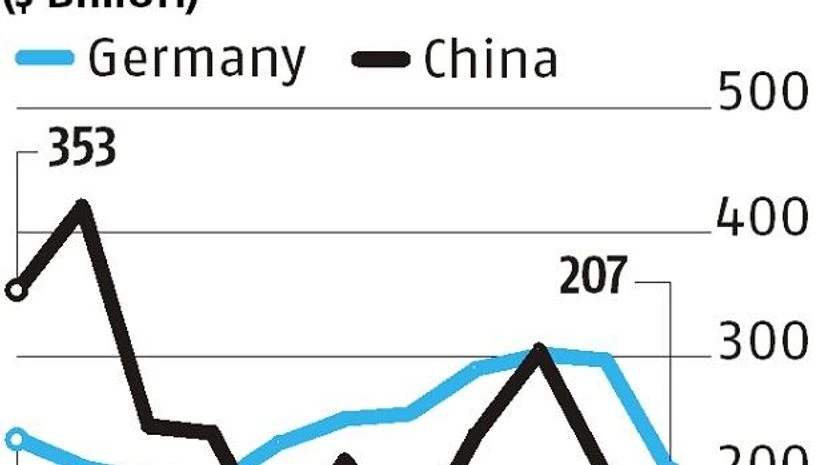During the past two decades, China and Germany have followed neo-mercantilist policies through “exchange rate protection”. This involves maintaining an undervalued real exchange rate to generate a trade surplus, by indirectly subsidising exports and taxing imports (see Corden: Economic Policy, Exchange Rates, And the International System ps.37-38, 94-95). These trade surpluses, particularly of China, have been a concern in the US, just as those of Japan were in the 1980s. These were tackled by negotiating voluntary export restraints’ (VERs), by which Japanese exporters of cars and semi-conductors agreed to limit their exports to the US to a given quota. This
Disclaimer: These are personal views of the writer. They do not necessarily reflect the opinion of www.business-standard.com or the Business Standard newspaper

)